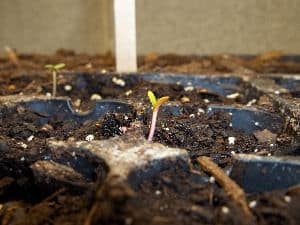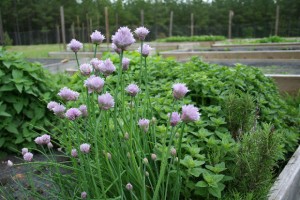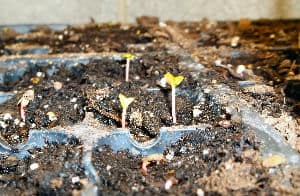Learning seed starting basics isn’t hard, but it can be confusing for many novice gardeners. If you’d like to start a garden this year, you may already be eyeing the colorful racks of seed packages in the local garden center. Some seeds are started inside until the plant is large enough to be safely moved, or transplanted, into the ground outside. Other seeds must be planted or sown directly into the soil after it is warm enough for them to survive. The dates for these activities vary according to the types of seeds you’re growing and where you live, which can be very confusing for people new to gardening.








[…] Supplies you will need for growing basil from seed include: […]